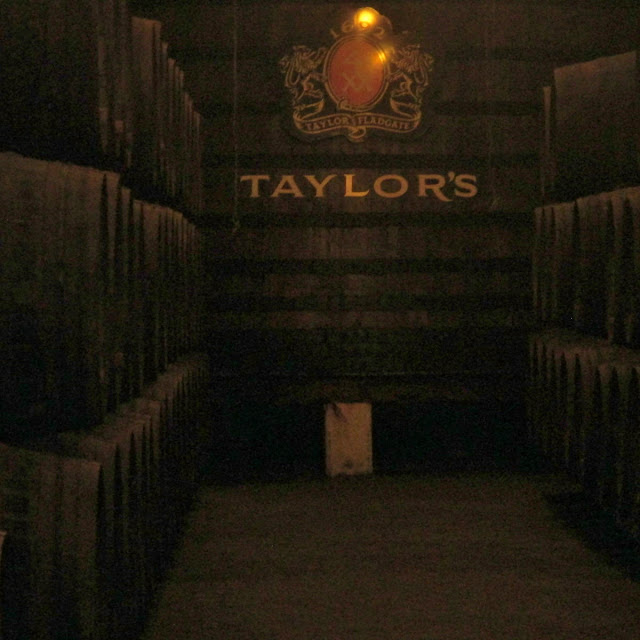On arrival first thing is a coffee at the art nouveau Café Majestic
Then a walk to the quite extraordinarily eccentric Livraria Lello and Irmão, a book shop established in 1906 and preserved beautifully, a glorious hotchpotch of art nouveau and gothic revival decoration with the uniquely curvaceous staircase writhing in the middle of it all. Nearly all new editions with only a very small collection of old and rare books. Rua. das Carmelitas 144
Nearby is another branch of the imaginative Vida Portuguesa shop, the original one is in Lisbon. An eclectic collection of merchandise made in Portugal and chosen for its nostalgic or vintage look, from sardine cans to lovely wooden toys, handmade boots and lovely woven rugs, many beautiful ceramic creations.
http://www.avidaportuguesa.com/pre.php?lng=en
The next morning a walk to Mercado do Bolhão for breakfast, a huge market building from the 1850s now in sad need of some renovation, it really deserves it.
The first floor galleries are being held up by scaffolding and the roofing is very dilapidated but there's a vibrant atmosphere and the produce is gorgeously fresh, all grown in the fertile countryside around Porto .
In the streets around the market are precious little grocery stores crammed with wonderful things to eat and drink, advertising their wares with exuberant tile decoration.
Down several hills and then up again to the Cathedral which has great views over the city and down to the river with Vila Nova de Gaia on the opposit bank.
The cloisters are decorated with a staggering array of azelejos, the beautiful 18th century tiles glowing with blue and white fire.
My last visit in Porto before getting the train to Lisbon was of course inevitable and irresistible.... the port wine cellars just over the river in Vila Nova de Gaia.
https://en.wikipedia.org/wiki/Port_wine
All those names...Taylor, Fladgate & Yeatman, Sandeman, Offley, Cockburns, Calem, Symington, Since the end of the 17th century these originally English families have been nurturing thousands of hectares of vineyards in the Douro valley and shipping the wine down the Douro to Vila Nova de Gaia for maturing in their wineries. Many of the buildings on the steep river bank are from this period. It's a charming area with all the romance and history of this unique wine soaked into its cobbled streets and 18th century industrial buildings. I chose Taylor's for a wine tour and tasting. It's nearly at the top of the hill, a steep climb but well worth the effort. The tour was fascinating and the tasting delicious, all three types of port, dry white, tawny and ruby.
There's a super restaurant and terrace for lunch with views over to the other bank, all the ramshackle beauty of ancient Porto sprawling over the hills.
Just above the Taylor's wine cellars is The Yeatman, a very posh hotel named after one of the original partners.
http://www.the-yeatman-hotel.com/en/hotel-porto/history/
The present day Taylor's is still privately owned by some of the family members.
A slow walk down the hill and along the riverbank, time to enjoy the sight of all the traditional Douro boats lined up in front of their own port company quay, still busy transporting the huge oak wine barrels full of wine from the vineyards some of it destined to be a great vintage not to be opened for many years but thankfully most of it at an accessible price to be enjoyed immediately.
http://www.taylor.pt/en/what-is-port-wine/introduction/






























































